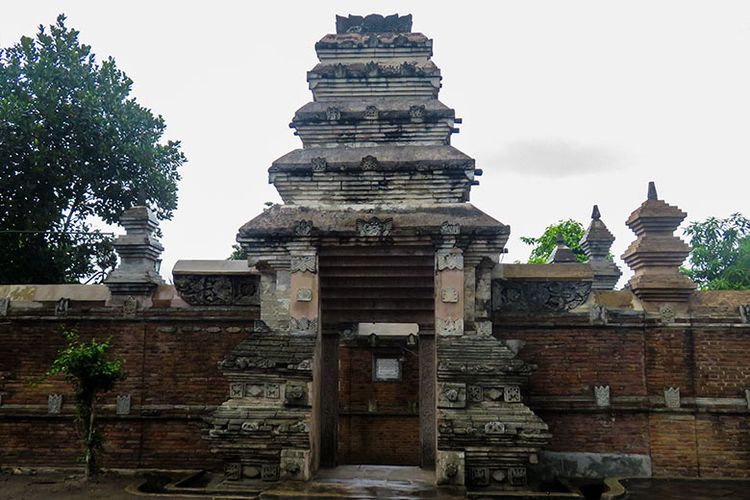Revealing the historical side of the Yogyakarta Wotgaleh Tomb: Mataram Prince Jaka Umbaran
DOI:
https://doi.org/10.31943/gw.v14i3.519Keywords:
Oral Literature, Tourism, Local Wisdom, Function, Wotgaleh TombAbstract
This research aims to uncover folktales and local wisdom found in the tourist attraction of Wotgaleh Tomb, and to understand the function of oral folklore literature for the people in Yogyakarta City. The research utilizes a qualitative descriptive method with data collection through interviews with key informants as the primary data source. The findings of the research indicate that the folktales in Sulthoni Wotgaleh Mosque include the genealogy of Prince Purbaya (Jaka Umbaran), the son of Panembahan Senopati, tracing his history from birth to his role in the Mataram Kingdom, and his burial in Wotgaleh Tomb. Furthermore, there is historical information about the establishment of Wotgaleh Tomb and the origin of its name. Within Sulthoni Wotgaleh Mosque, several local wisdom practices are observed, such as annual traditions, regular tahlilan rituals, myths, and local prohibitions that influence the lives of the local community. The development of oral literature (folklore) surrounding Wotgaleh Tomb serves important functions in society. Firstly, it serves as a trace of historical heritage that still exists and can be discovered by the present generation. Secondly, it functions as a means to develop tourism by spreading oral literature about Wotgaleh Tomb, including myths that attract people to visit. This research provides a deeper understanding of folktales, local wisdom, and the function of oral folklore literature in the Wotgaleh Tomb tourist attraction. The results of this research are expected to provide information and insights for the community, tourism operators, and the government in the preservation and development of valuable local cultural heritage.
Downloads

Downloads
Published
How to Cite
Issue
Section
License
Copyright (c) 2023 Fara Nastiti Kusumohastuti

This work is licensed under a Creative Commons Attribution 4.0 International License.
The use of non-commercial articles will be governed by the Creative Commons Attribution license as currently approved at http://creativecommons.org/licenses/by/4.0/. This license allows users to (1) Share (copy and redistribute the material in any medium) or format; (2) Adapt (remix, transform, and build upon the material), for any purpose, even commercially.









